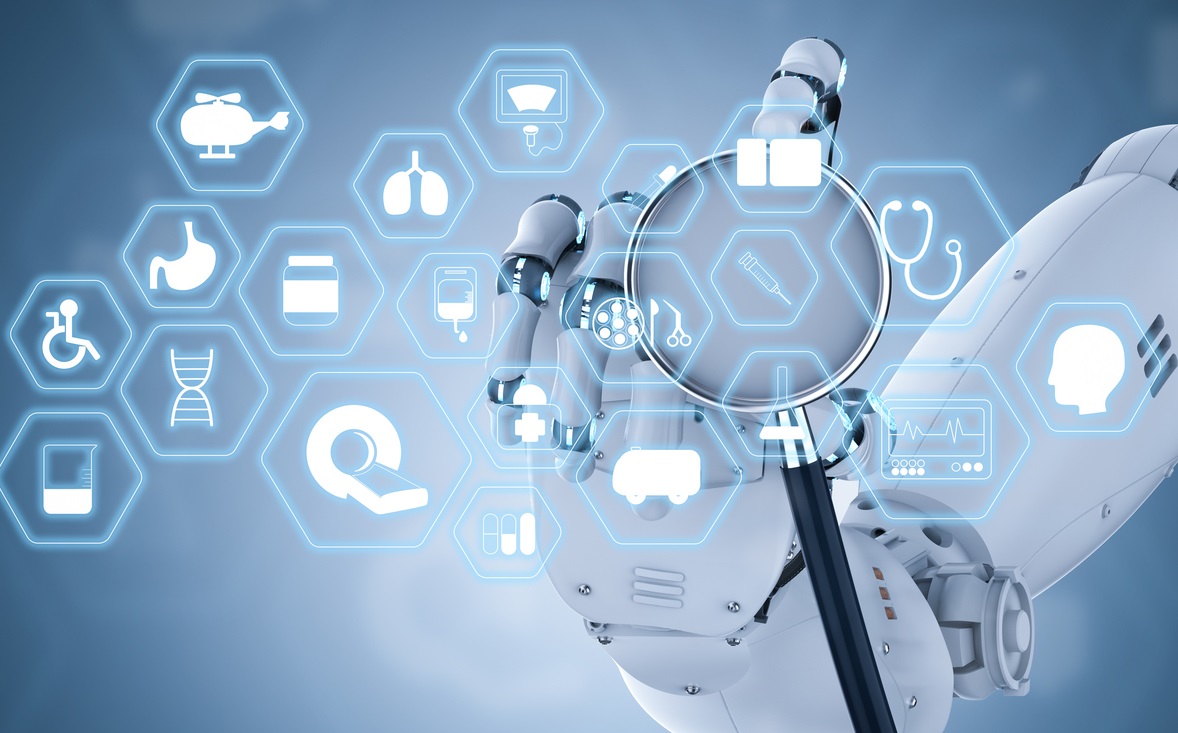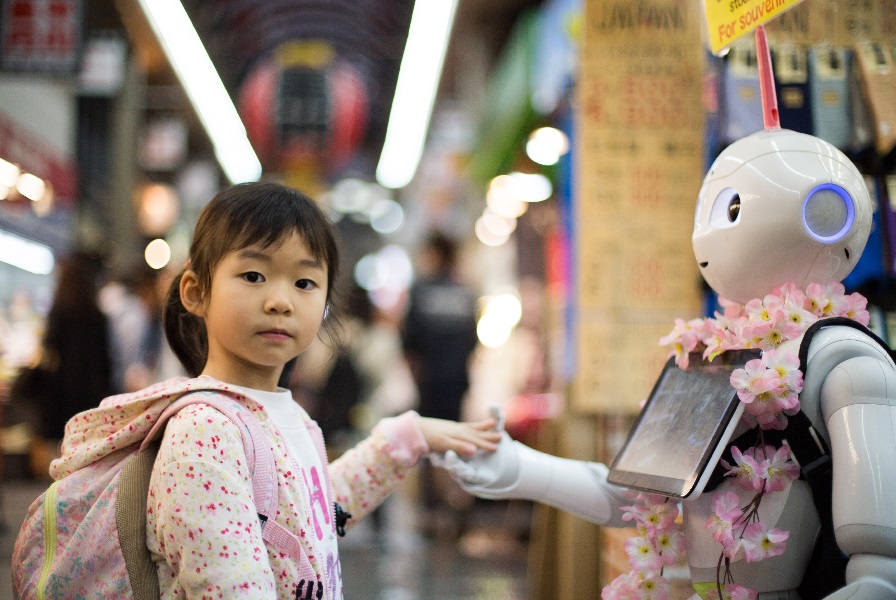If you ask a bunch of people, you’ll get different answers as to how they think technology helps the world. You may also get answers as abstract as “technology makes the world a better place.” It’s an overstatement, obviously, because it’s hard to have a technology-made solution for everything we need. In this article, we will look at six different specific ways how we think technology has helped the world.
1. Technology connects you to people who matter
Technology has many ways of connecting us to people who matter to us. First, it was the telegraph — until Alexander Graham Bell made the first phone call on March 1876. Nowadays, the most common example of how technology helps the world communicate is social media. It has created opportunities to help people meet people and build new relationships. Most importantly, it strengthens bonds between families across the miles by letting them connect and exchange stories.

2. Technology makes the world small
It’s hard to imagine having no idea about the other side of the world — thankfully, you don’t have to. Technology helps us learn and have a deeper understanding of the rest of the world and of other people’s cultures. Through media, we’re also in the know of the global issues and news that may or may not have direct effects on us.
Not only does technology help us know the world conceptually, but it also helps us immerse in other places physically. Technology literally made Earth small by helping the world travel and see different places with its own eyes.
3. Technology revolutionizes education
COVID-19, according to World Bank, has exposed many developing countries to learning poverty because of long school closures. On the other hand, it was also during the pandemic that the world was able to put technology to good use when it comes to education more than ever.
Through virtual classrooms, technology helps the world learn in a safe and more lively environment. Teachers, through different learning and teaching platforms like Google Classroom, are able to improve their instruction methods and simplify the transfer of knowledge to students. Through the internet, technology also gives students easy access to educational materials that can accelerate their learning.
That said, the world has a long way to go in realizing how technology can help education. There’s a challenge in the implementation of emerging technologies, like AI and augmented reality, on a classroom level. There’s also the challenge of weighing healthy screen time for students enough to bolster learning.
4. Technology helps improves healthcare

The average life expectancy in the world has been consistently rising since 1960, from 52 to 72 years, and we can attribute this to the advancement of technology in the medical field.
Healthcare has always been a priority that’s why technology could not be missing in this industry. Every high-skilled medical practitioner requires advanced infrastructure and tools for the early detection and treatment of patients. It’s also because of technology that the world is able to provide cures for different diseases and vaccines for the prevention of ailments. There’s even robotic surgery that allows for more precision and less invasive medical intervention.
The application of technology in healthcare goes beyond providing cures. Medical providers, for example, also require a sophisticated medical record management system to safeguard the confidentiality of patient information. Health wearables like fitness trackers have also become popular in the last decades, allowing people to monitor their health state without needing an actual physician. Telehealth has also risen, especially during the pandemic, that allows remote diagnosis and advice.
5. Technology creates more jobs
Many view technology as something that destroys jobs — that it will outpace and replace people in the future. There are many reasons to believe this — electronic computers replaced human computers; automated machines replaced factory workers; and, most recently, driverless taxis have started replacing cab drivers. However, there’s the other side of the spectrum that believes that technology helps the world create more jobs than it destroys. We believe this, too.
Many of the high-demand jobs nowadays were created because of technology in the first place. The World Economic Forum even estimated that the technology industry will create at least 12 million more jobs by 2025. So, how has technology helped the world create jobs specifically?
Technology automates routine tasks, but behind the automation are the people who developed it. Take electronic computers for example. While it’s true that it replaced human computers, it opened doors to many professions we have today such as computer engineers, software developers, UX designers, and more. Technology does not destroy jobs; it creates new jobs.

6. Technology helps the world improve the environment
This one is debatable since technology also greatly contributed to the degradation of the planet. However, as we grow aware of its negative effects on the environment, we also learn to use technology in diminishing our carbon footprint. As technology gets more advanced and efficient, it’s also able to help the world improve the environment or lessen its impact at the very least.
Digitization helps the world go paperless and, therefore, saves trees. Renewable and clean energy decreases the world’s reliance on fuel to power cities. Appliances become more efficient and require less energy to operate. Technology has also helped the world with sustainable food production by improving the food chain to minimize food waste and using genetically modified crops to lessen the impact on biodiversity.
Can Tech Help the World?
Technology can be seen through two lenses — it can be a boon or a bane. But, it’s not hard to see the good things that technology brought to the world and how it’s helping us for the better. It’s because of technology that our daily lives are more efficient. At the same time, we’ve also seen how technology has risen to address some of the world’s pressing issues like climate change, illiteracy, and medical crises.
